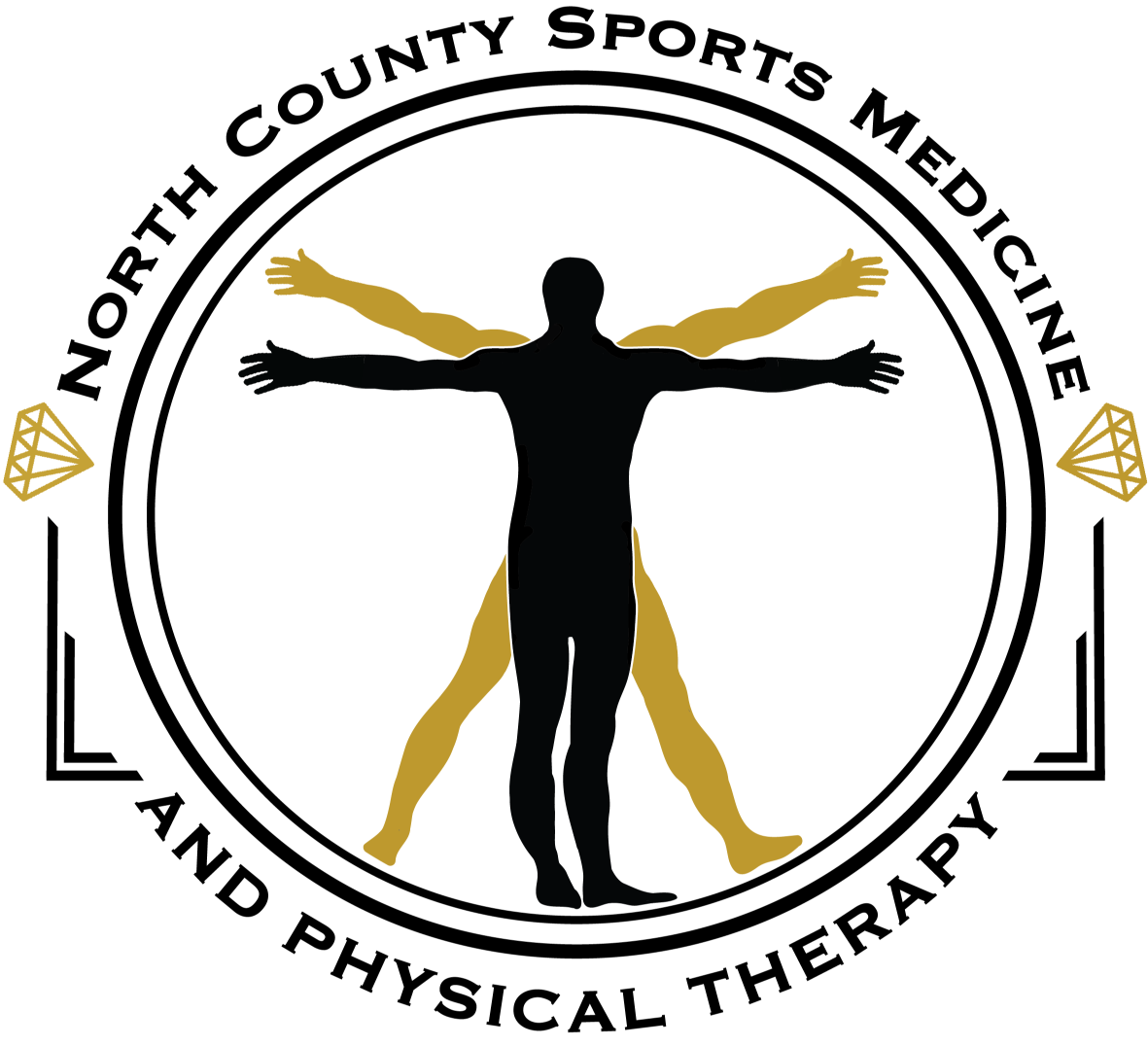THE BAD
As amazing as our bodies are and considering the amount of complexity and resilience of our body, you have to take the good with the bad, like most things. Unfortunately there are some areas and structures within our body that are prone to injury and problem. Runners and cyclists especially are inherently prone to developing iliotibial band/tract (ITB) problems because of the repetitive nature of both sports. Triathletes are actually not statistically more prone to ITB injury, but 50% of all injuries sustained by triathletes occur during running. ITB injury can be debilitating to the point you aren’t able to run more than a few miles without considerable knee pain, gait and running form breaks down and causes a sequelae of dysfunction. Let’s review some basic concepts about the ITB and ultimately, what to do to get ahead of the problem.
What is the ITB?
The ITB (iliotibial band) is a strip of connective tissue that creates a synergistic connection between the glutes and the knees. The ITB is also a stabilizer of the knee especially during walking, and running. The ITB is not a contractile tissue and therefore cannot be “stretched”, rather the tissue layers can be mobilized. See the picture below (side view and front view of the thigh) for those of you who are visual learners.
What is the mechanism of the ITB problem?
Usually ITB pain occurs because of overuse, compression of the tissues and subsequent inflammation. Research is mixed, but the most recent MRI and cadaver studies have shown that there is little movement (and therefore friction) in the ITB where it inserts at the knee, rather it is a mechanism of compression versus friction. Either way, it hurts and there are means to prevent, minimize and resolve ITB pain and injury. ITB dysfunction can be a slow and gradual onset. Given the nature of running and cycling and the purely forward motion, it’s easy to neglect our lateral movement abilities. I see a lot of runners and triathletes who have significant weakness in their lateral hips and tightness in the hip flexors which creates abnormal pelvic positioning and a lot of muscle imbalance. It’s sometimes tough to define the exact mechanism of how the ITB injury started initially, because treating a runner or triathlete is a lot like “peeling back the layers” as far as finding dysfunctions.
What does ITB pain/injury feel like?
The classic description of pain generating from the ITB feels like a sharp, stabbing pain in the side of the knee. It can either be apparent at the start of a run or not until several miles into the run. It can also be felt while cycling, usually on the down phase of the stroke. It can feel like an intense ache that radiates around the side of the knee.
THE GOOD
What do to about it? In theory, the ITB can’t be stretched. However you can get into certain positions that will stretch the tensor fascia latae muscle (see above picture for anatomy and picture below for stretch position) that will provide some benefit as far as flexibility goes.
You can foam roll the ITB as means to mobilize the tissue, but ultimately it’s probably more compression than mobilization of the soft tissue. Personally I’ve had classic ITB pain in the past from overtraining. I had a colleague dry needle the area (similar to acupuncture) a handful of times which did nothing. I then cupped the area twice, and the pain was gone. The myofascial decompression (aka cupping) in combination with specific lateral hip exercises essentially resolved the pain. Make sure you have adequate flexibility in the hamstrings and calves. Test: lay on your back, grab behind one knee and pull it to the chest, then try to straighten out your knee. The knee should be close full extension.
Mobilize the anterior hip capsule and make sure your hip joints are mobile. 9/10 runners do not have adequate and necessary hip joint mobility. See below for an anterior hip capsule mobility exercise.
THE UGLY
The truth is if you don’t allot at least 10 minutes/day dedicated to mobility exercises and you want to perform at your very best in terms of strength, power and speed, you’re not going to reach your max potential as an athlete. Our bodies are machines, or thoroughbred horses, and should be treated accordingly. Mobility exercises (which assist in the lubrication process of your joints) especially for your hips as a runner or triathlete are vital to performance. So the ugly part here is that it’s pretty easy to degrade joints and high stress areas prematurely if there is a lack of mobility and flexibility. Our bodies can be very deceptive in terms of pain in that sometimes you won’t feel pain until the movement dysfunction is already well established. Get an adequate 10-15 minute warm-up prior to whatever the discipline is, train, and mobilize after. Doing this religiously will absolutely prevent training overload and the dreaded ITB injury.





